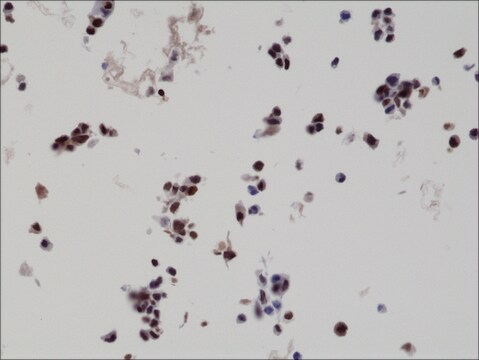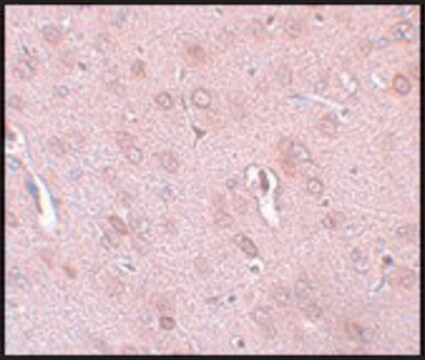H3663
Anti-HA antibody, Mouse monoclonal
clone HA-7, purified from hybridoma cell culture
Synonym(s):
Monoclonal Anti-HA, Anti-HA, Anti-Influenza Hemagglutinin
About This Item
Recommended Products
biological source
mouse
Quality Level
conjugate
unconjugated
antibody form
purified immunoglobulin
antibody product type
primary antibodies
clone
HA-7, monoclonal
concentration
~1 mg/mL
technique(s)
immunocytochemistry: 1.0-2.0 μg/mL
immunoprecipitation (IP): 0.5-2.0 μg
western blot: 0.25-1 μg/mL
isotype
IgG1
shipped in
dry ice
storage temp.
−20°C
Looking for similar products? Visit Product Comparison Guide
General description
Specificity
Immunogen
Application
- in immunoblotting
- in immunocytochemistry
- in the immunoprecipitation
Biochem/physiol Actions
Physical form
Not finding the right product?
Try our Product Selector Tool.
Storage Class Code
10 - Combustible liquids
WGK
nwg
Flash Point(F)
Not applicable
Flash Point(C)
Not applicable
Personal Protective Equipment
Regulatory Listings
Regulatory Listings are mainly provided for chemical products. Only limited information can be provided here for non-chemical products. No entry means none of the components are listed. It is the user’s obligation to ensure the safe and legal use of the product.
JAN Code
H3663-VAR:
H3663-200UL:
IRO97150:
H3663-100UL:
H3663-BULK:
Certificates of Analysis (COA)
Search for Certificates of Analysis (COA) by entering the products Lot/Batch Number. Lot and Batch Numbers can be found on a product’s label following the words ‘Lot’ or ‘Batch’.
Already Own This Product?
Find documentation for the products that you have recently purchased in the Document Library.
Customers Also Viewed
Our team of scientists has experience in all areas of research including Life Science, Material Science, Chemical Synthesis, Chromatography, Analytical and many others.
Contact Technical Service












